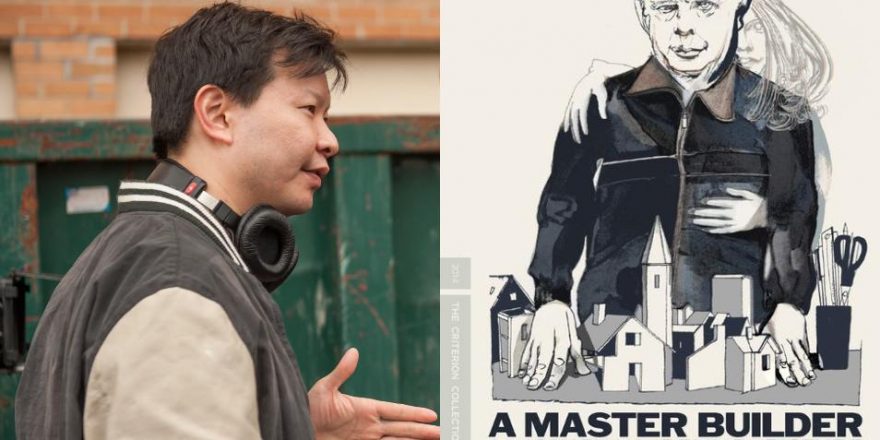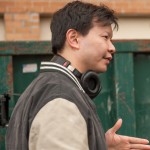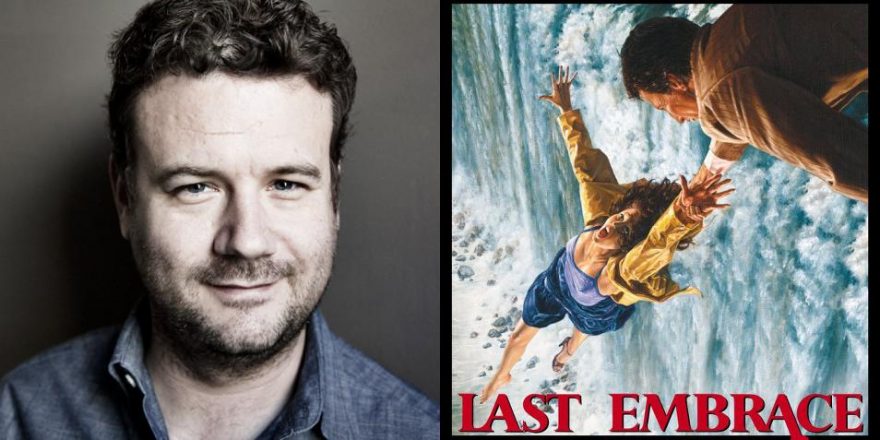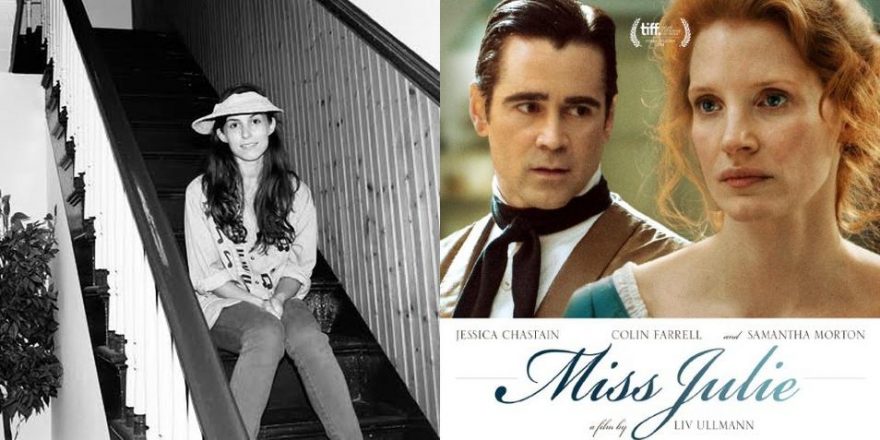The film opens with shots that look upward, up to the tops of trees competing with the peaks of buildings. Tony Hoagland once explained, “What I like about the trees is how / They do not talk about the failure of their parents.” This is not a film about trees. History and past failures will loom large here.
This film project comes with its own deep history. Andre Gregory and Wallace Shawn rehearsed and developed it for 14 years, this being only the latest phase of their working kinship born in the 1970s. Director Jonathan Demme was invited to the final performance of the stage play and was immediately engaged to shoot the film in 2012. It was a seven-day sprint of a shoot.
The source material is Master Builder Solness, the play by Henrik Ibsen commonly referred to by its English title, The Master Builder. Shawn translated and adapted the play and, perhaps in recognition of the changes he instituted, the title assumed a shade of modesty to become A Master Builder. One of the cuts from the original text is an explanation of why Halvard Solness refers to himself by the term “master builder.” His lack of formal training keeps him from the title of architect. This is one of several pieces of dialogue pointing to the small cracks in the master’s security that do not appear in this adaptation. However, like all good adaptations, an omission in one dimension can migrate to another, and you can hear those same hints of vulnerability now in the new title. This is a very fine adaptation, as attentive to the spirit and details of the original as Arthur Miller’s adaptation of Ibsen’s An Enemy of the People.
I first watched this film in a movie theater almost one year ago. The first half hour is not easy. Shawn’s boldest departure from the original is to place Master Builder Solness (Shawn) on his deathbed for the opening and closing scenes, creating a frame where the picture that plays in the middle is a touch fantastical and not as earthbound. This is an inspired choice for the heart of the film, giving lift to Ibsen’s conceptual flights and providing an urgent focus for all the talk of life choices. But the opening is a challenge. There are aesthetic choices aligned with Solness on his deathbed: an unstable camera, a chaotic scenic design, a jaundiced light, the incessant beeping of the medical machinery. They persist for 30 minutes, during which I found it hard to hang my hat on any of the happenings.
But then Hilde enters, and everything changes. I cannot remember any other character in film whose entrance is so dramatic that even the aspect ratio feels compelled to bow down. The world without Hilde is 1.78, and now that she is here, we celebrate with 2.35. The former clutter of the production design is tidied. That damn beeping has ended and sources of white light are added to the palette. There is now finally some air to breathe. I frequently am baffled by contemporary uses of 2.35, but here I sense the payoff. Much of what is to come is shot in close-up, and the abstract space that accompanies close-ups in this aspect ratio aligns with the imaginative spaces to be explored. The aspect ratio also allows for some beautiful double close-ups here. With two great, fully engaged actors, the double close-up is such a joy to witness.
But I have buried the lede, and that would be the actress Lisa Joyce, who plays Hilde. Her cast mate Julie Hagerty, when asked why rehearsals for the play went on for so long, half-joked, “We were waiting for Lisa to come.” I do not say this lightly: She is like a young Liv Ullmann. She brings the radiance and openness of youth, which she has the unnerving ability to combine with any other characteristic in the catalog of human souls. It is as if she is able to sound three notes at once and sings a song that is all strange key changes, but somehow it makes a grand kind of sense.
Hagerty herself is no slouch. She plays Aline Solness, wife to the master builder. It is a role that can easily become mired in the tragedy of the past. But this terrific actress channels the past into the many different, shifting decisions and behaviors of the present. Here is another master of the strange key change, and when the play brings together the two women for a scene, it is transcendent. In a moment of tenderness, Master Builder Solness regrets how the events of the past have made a great waste of his wife’s talent to care for other beings. You sense the film making the parallel plea for the world not to make the same waste of this actress’ talent.
This is a strange and unusual film. It is the nature of such things that quick judgments upon them tend to be incomplete and confused. Leaving the theater, I could not have spoken very coherently about A Master Builder. It is one thing to be able to describe a local reaction — such as my difficulties with the opening half hour — and quite another to actually understand the consequence and assess the value of such things. One year on, I am but one step further in my understanding. Now, I feel the friction even more when I watch the opening of A Master Builder, but I am also more convinced that it is a vital part of the magic of Hilde’s entrance.
A writer once told me that she wrote as an opportunity that she might be transformed, for she felt her reader could only be transformed if the change first occurred in her. As this artistic team has allowed these characters and these ideas to transform them over so many years, they have created a film that will unspool for the viewer over many years.








